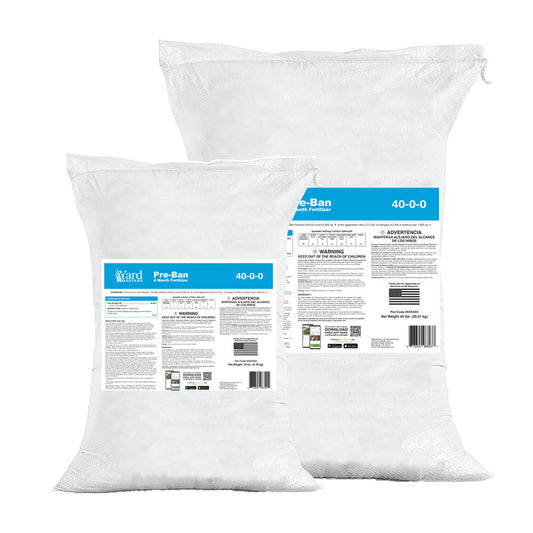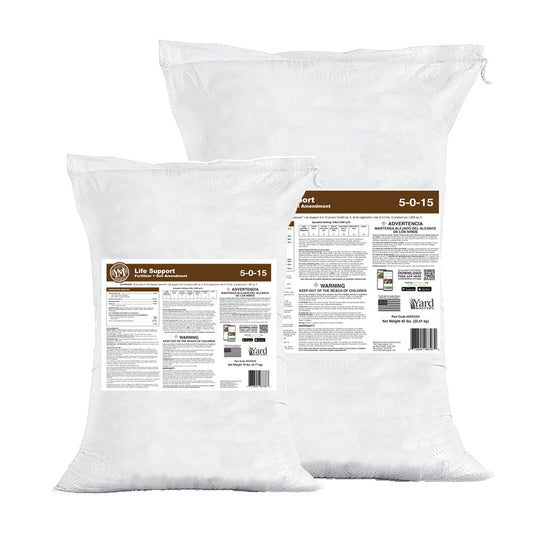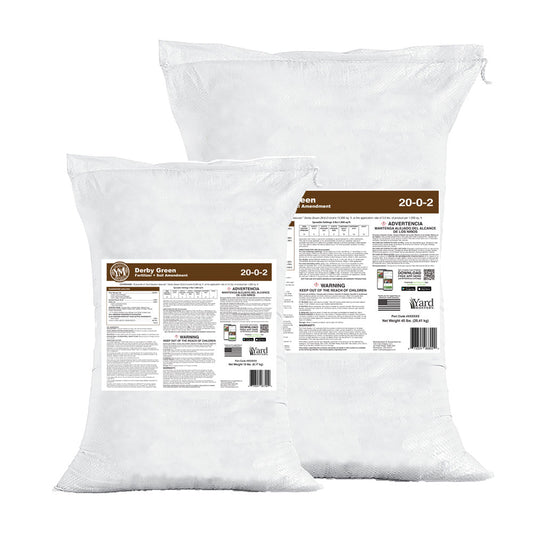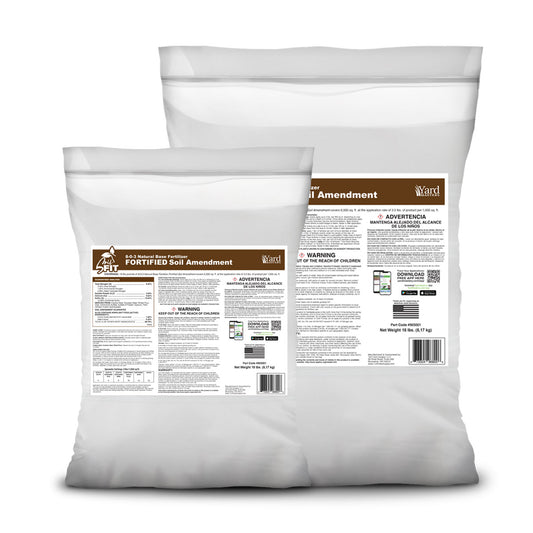What’s up ya’ll. Before we jump into it, if you haven’t already watched my review of the Honda HRX217 self-propelled mower you can find that here: https://www.youtube.com/watch?v=aVnsjwpMh4Y

With that, let’s get started this week with you Cool Season friends.
This truly is a funky time of year for you guys up north. You are expecting that April means “Spring” and in many cases, it does. Just last week we saw forsythia blooming at a dude’s yard in New Jersey… I was pretty stoked actually, and ready for you guys to start throwing down!
In fact, a good majority of you did!
I’ve been getting sad Tweets and Facebook messages that are literally making me cry for you though.
A dude named “Harm” from Iowa sent this:

Sorry about your luck, Bro. Nice house though.
Illinois checking in where Kevin is getting teased, hard. The lawn is just barely visible under that white stuff. It’s completely sickening if I’m honest.

My man Brian in Indiana wondering if it’s all for not:

And that’s where a lot of you sit right now… you took my advice and you got your first pre-emergent down as soon as soil temps began sniffing around that 45 degree mark. Some of you may have applied some starter fert or Milorganite on top.
IF YOU HAVEN’T ALREADY DOWNLOAD MY FREE PRE-EMERGENT GUIDE YOU CAN DO THAT HERE - DOWNLOAD NOW
So is that snow going to ruin it all?
Answer: nothing to worry about!
Think of that little snow you got as the most consistently “even” rain you’ve ever gotten. It’s like powdered water - soft as can be and it’s going to take your fert and prodiamine right into the soil, perfectly.
Doesn’t that make it sound a little better?... when you call it, “powdered water!”
Either way, you’re ok. If you haven’t gotten yours down yet, I highly recommend you get ready, to get started. I’ve been following the GDD Tracker and temps are projected to be on the rise.

Here’s the deal though: before you apply your prodiamine or starter fert… be sure to get out and do some raking. That snow will be gone this coming weekend and you’ll be able to get out and at least start scouting, maybe even some Throw’er Down for a few of you. The days are long now… lots of sun brings: more melting.
#MoreMelting
If you look at the picture above, that’s Crown Point, Indiana, March 30, 2014. Just look at how matted down my fescue is after the winter of 2013-2014. That year was a really bad snow year and the area right along the driveway there - all the way out and into the yard where I’m walking there - had 4-foot high snow piles on it for weeks and weeks.
If you have even small areas like that - it’d be a good idea to get out there with a metal thatch rake and have some fun, get some exercise and feel the sun on your face for the first time in months!
Raking early and often is important for a couple reasons.
- Get those matted down areas “fluffed up” so air can get in there. This will help clear up any snow mold too because the fluffing will also allow the sun to get in deep and warm up the soil a little easier.
- Getting out early allows you to be observant early. Do you see areas like I mentioned that are matted down? Any animal damage? Piles of leaves that need to be removed? You get the idea, Learn your land!
#LearnYourLand
Quick Tip on Grass Types:
A good majority of you probably don’t know your grass type. Don’t worry, most people don’t; they’re just guessing. It’s actually pretty difficult for the untrained eye to tell Turf Type Tall Fescue from Kentucky Bluegrass and Rye.
This is especially true because most of you have blends in your lawns anyway... Like what I call “Old School Chicago Lawns.”
Just as a “general” rule of thumb, the further north you get, the less fescue you’ll see, and the further south you get, the less Kentucky Bluegrass you’ll see.
This is because Turf Type Tall fescue generally does better in higher summer heat, and can handle drought pressure a little better. Kentucky Bluegrass on the other hand, doesn’t like anything much higher than 85 degrees but will turn green pretty early on in the year when temps are much cooler.
Perennial Rye… it’s the utility player - it can handle lower temps for sure, and is known to do well in temps in the low 90s as well - just keep it irrigated.
Either way, if you have any of those grass types, my last piece of advice to you is to pick up the lawn plan for the season! I promise you’ll learn something that can help you.

Interestingly enough, you guys in the Transition Zone - Bermuda mostly - you are REALLY waking up now. If you are fescue in the transition zone, you are probably at optimum green right now and the more you Throw’er Down, the more you get to Enjoy The Mow too!
BTW- did you see my review of the Honda HRX this past weekend?
Lastly, Southern Friends, take a look at this beautiful St Aug I’m waking up to every morning.

That’s what she looks like after a good rain. I’m telling you, there is NOTHING like a good rain with some lightning. That natural N is the best thing for your turf and when you’ve also got MILO deep in, and plenty of RGS flowing… you get this.
The biggest challenge now is balancing the water bills with the needs of the lawn. This is a delicate time my Florida friends. Our rainy season won’t be here until June, and that’s when our fert restrictions kick in and we move to micro-spoon-feeding. So we really do need to push in the MILO now but that also requires more manual irrigation and that’s pretty tough sometimes. You can do it, I have faith in you!
Speaking of MILO - I’ve got a special video coming up this weekend talking all about the new formulation of Milorganite and how that affects our treatments going forward.
Subscribe to the channel so you don’t miss it!







